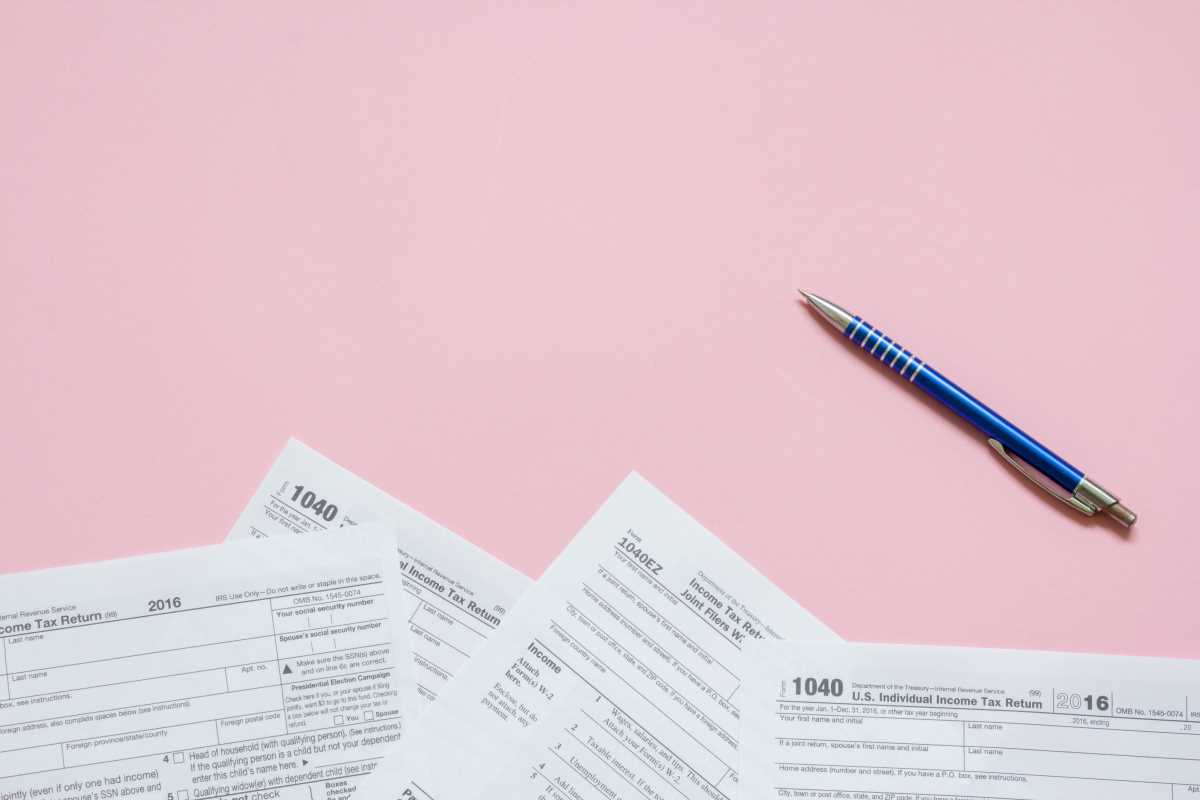Adopting sustainable practices not only benefits the planet but can also positively impact your finances. Governments around the world, including the U.S., offer a variety of green tax breaks, credits, and incentives to encourage individuals and businesses to reduce their carbon footprint. From renewable energy credits to rebates for energy-efficient upgrades, these programs make eco-friendly living accessible and affordable. Here's an overview of what’s available and how you can take advantage of these opportunities to promote sustainability while saving money.
Types of Green Tax Breaks and Incentives
1. Renewable Energy Tax Credits
Homeowners and businesses investing in renewable energy sources such as solar panels, wind turbines, or geothermal systems can qualify for federal tax credits. For example, the Residential Clean Energy Credit in the U.S. offers a tax credit of up to 30% of the cost of solar energy systems installed until 2032. This incentive applies to equipment and installation costs, helping individuals offset the high upfront expense of renewable energy technologies.
Businesses can also benefit through the Investment Tax Credit (ITC), which covers a portion of the cost of utility-scale renewable energy projects. These credits have been instrumental in driving solar and wind energy adoption across the country.
2. Electric Vehicle (EV) Incentives
Switching to an electric vehicle (EV) offers both environmental and financial perks. Under the Clean Vehicle Credit, buyers of qualifying EVs or plug-in hybrid electric vehicles (PHEVs) may be eligible for a tax credit of up to $7,500, depending on the vehicle make, model, and battery size. Some states provide additional rebates and perks, such as waived registration fees or access to HOV lanes, making the transition to electric cars even more attractive.
Additionally, federal programs now extend incentives to used EV purchases, allowing more people to access affordable, sustainable transportation options.
3. Home Energy Efficiency Upgrades
Making your home energy-efficient can translate into immediate cost savings on energy bills and long-term benefits through tax deductions and rebates. The Energy Efficient Home Improvement Credit allows homeowners to claim up to 30% of the costs for eligible upgrades such as insulation, energy-efficient windows and doors, and efficient HVAC systems. For larger-scale projects, like installing a heat pump or a new energy-efficient roof, credits of up to $1,200 annually are available.
Many states and utility companies also offer additional rebates for energy audits, smart thermostats, and water-saving upgrades. If you've been considering a home improvement project, these incentives make it easier to modernize while reducing your energy usage.
4. Green Building Incentives for Businesses
For businesses looking to incorporate green practices, there are substantial incentives to explore environmentally friendly building designs. Programs like the 179D Energy Efficient Commercial Building Deduction provide deductions for businesses that construct or renovate buildings to meet energy efficiency standards. This can cover improvements in lighting, HVAC systems, and overall building envelopes, spurring eco-conscious innovation in the commercial real estate sector.
State and local authorities often add their own incentives, such as grants and tax abatements, encouraging businesses to prioritize sustainability.
Recent Policy Updates
Recent legislation has expanded many green tax breaks and introduced new programs. For instance, the Inflation Reduction Act of 2022 significantly bolstered incentives for renewable energy installations and EV purchases while extending the available timeline for many programs. These updates reflect a growing commitment to reducing greenhouse gas emissions and promoting green technology adoption.
States like California, New York, and Texas have also ramped up initiatives specific to their regions, like deeper EV rebates and community solar programs. Always research both federal and state programs to maximize your savings.
How to Take Advantage of Green Tax Breaks
Here are some practical steps you can follow to access green tax incentives:
- Research Eligibility Requirements
- Review the specific terms of the incentives you want to claim. For instance, EV credits have criteria related to the vehicle's battery sourcing, while solar tax credits require meeting efficiency standards. Begin with federal programs, and then explore options offered by your state or local government.
- Save Your Receipts and Documentation
- Keep accurate records of all purchases and installation costs related to energy-efficient upgrades. Proper documentation ensures a smoother claims process when filing your taxes.
- Consult a Tax Professional
- Navigating green tax incentives can be overwhelming, especially with changing policies. A tax professional or financial advisor familiar with eco-incentives can help identify all credits and deductions for which you qualify.
- Explore Financing Options
- Many utility companies and lenders provide zero- or low-interest loans for renewable energy and efficiency projects. Pairing these loans with tax incentives makes sustainable investments more manageable.
- Act Promptly
- Some incentives, especially rebates or grants, have deadlines or limited funding. Keep track of application windows to avoid missing out.
The Environmental and Financial Rewards of Going Green
By leveraging green tax breaks and incentives, you can contribute to a healthier planet while achieving significant financial savings. Whether you’re installing solar panels, upgrading your home’s efficiency, or considering an electric vehicle, an upfront investment today can lead to long-term dividends for your wallet and the environment. Explore the incentives available to you, and take the first step toward a more sustainable future.
 (Image via
(Image via





